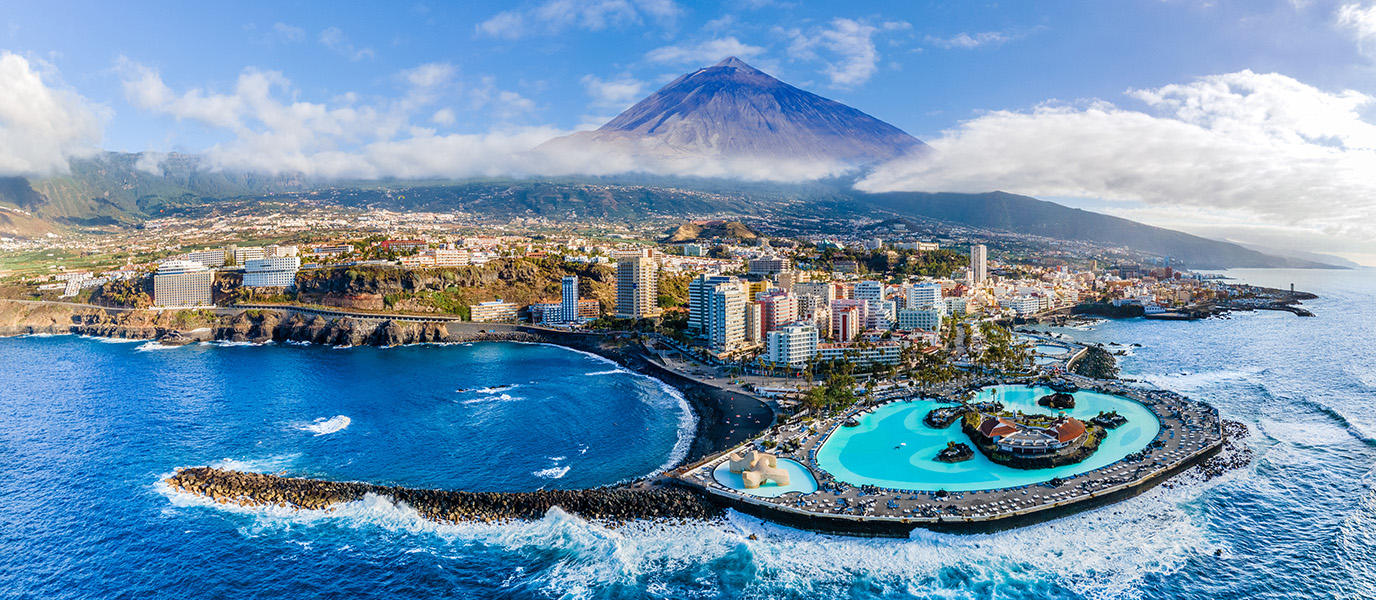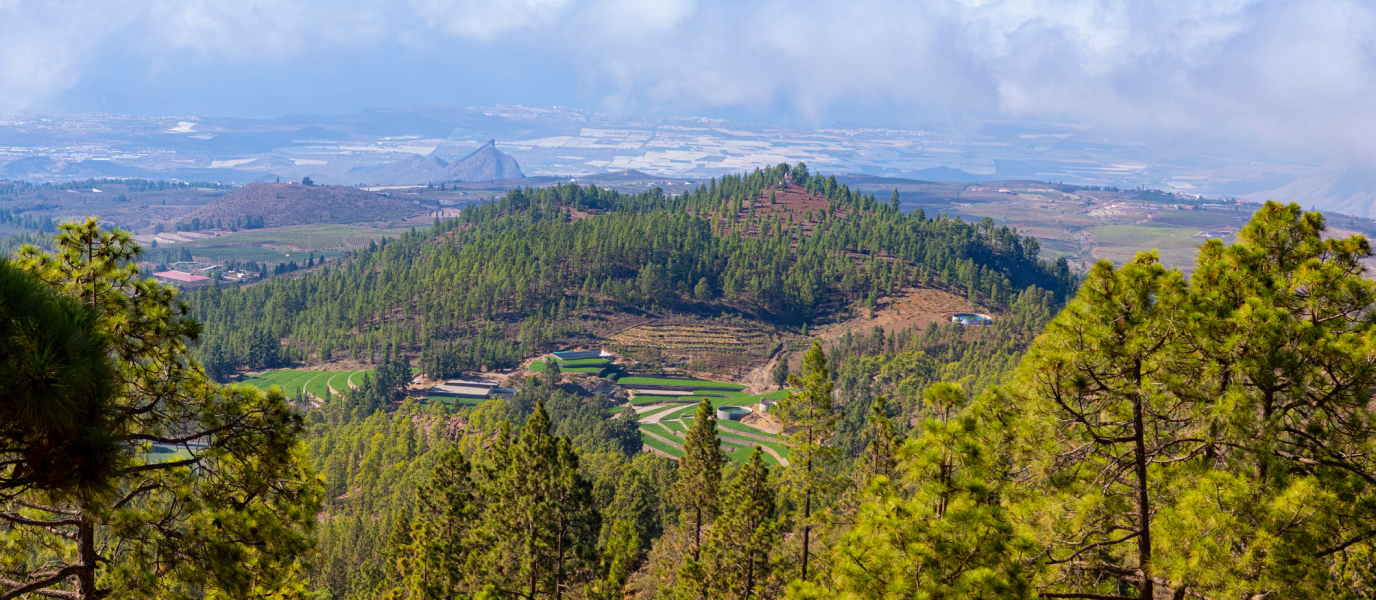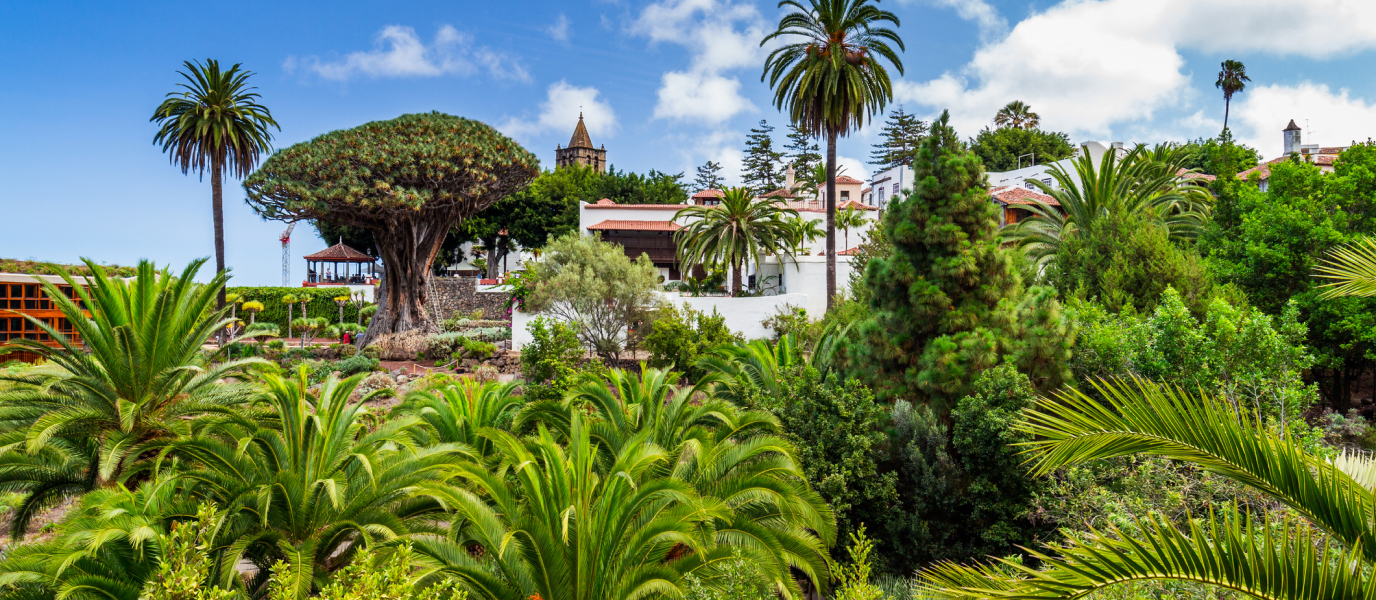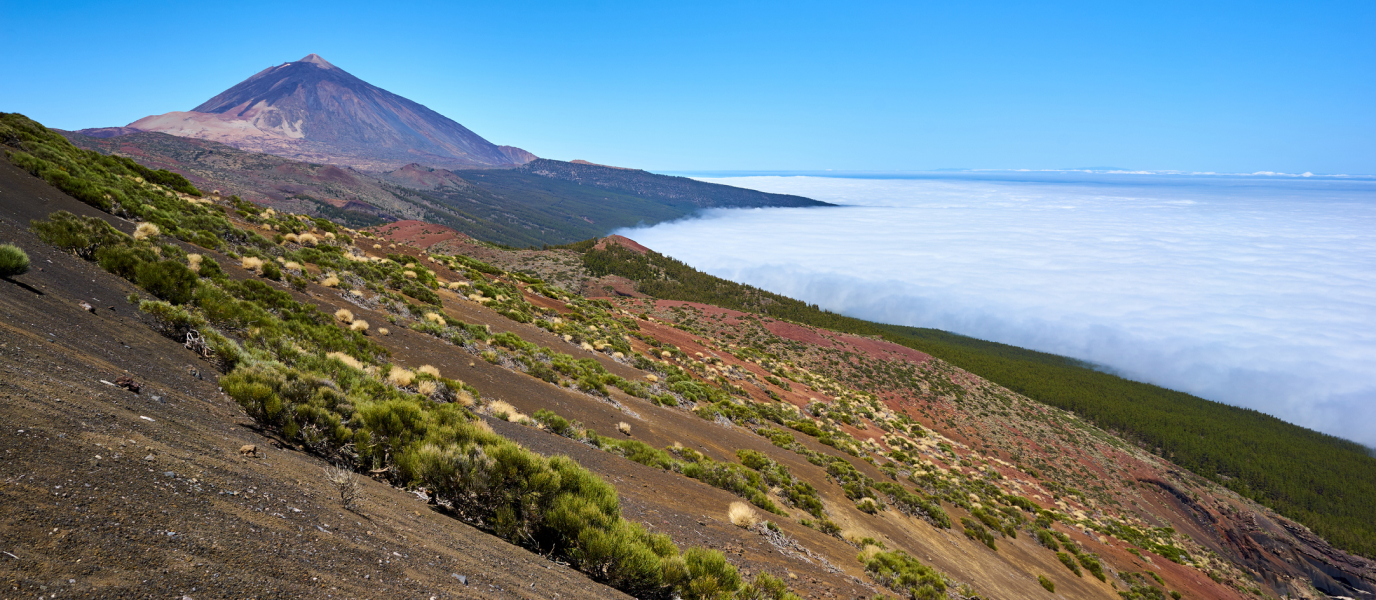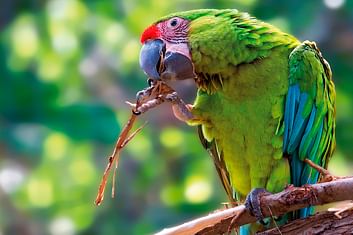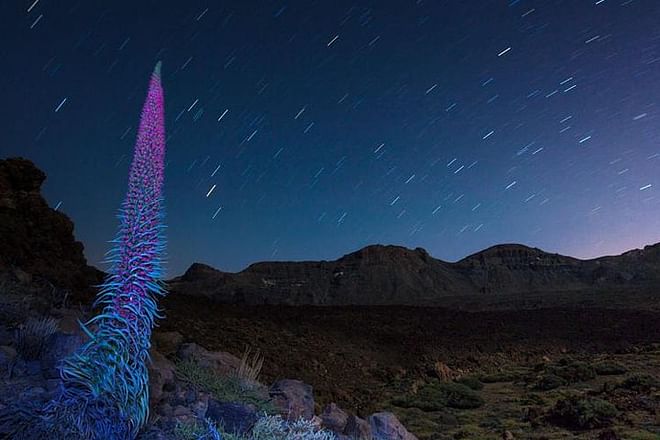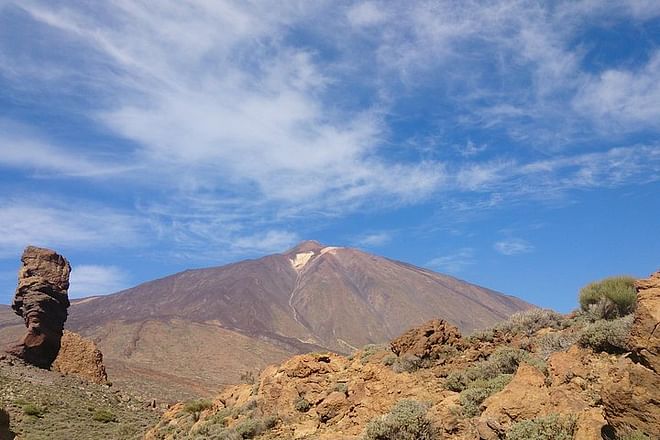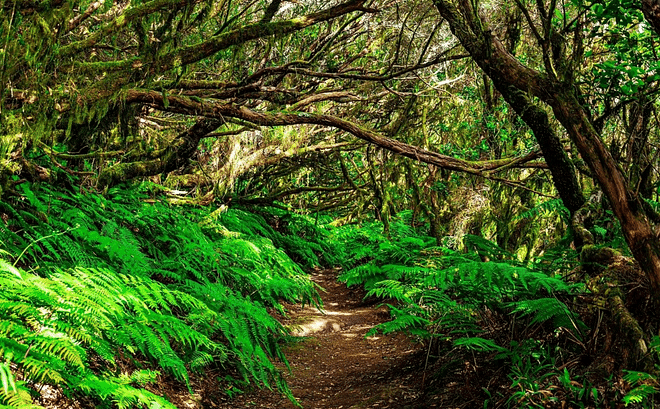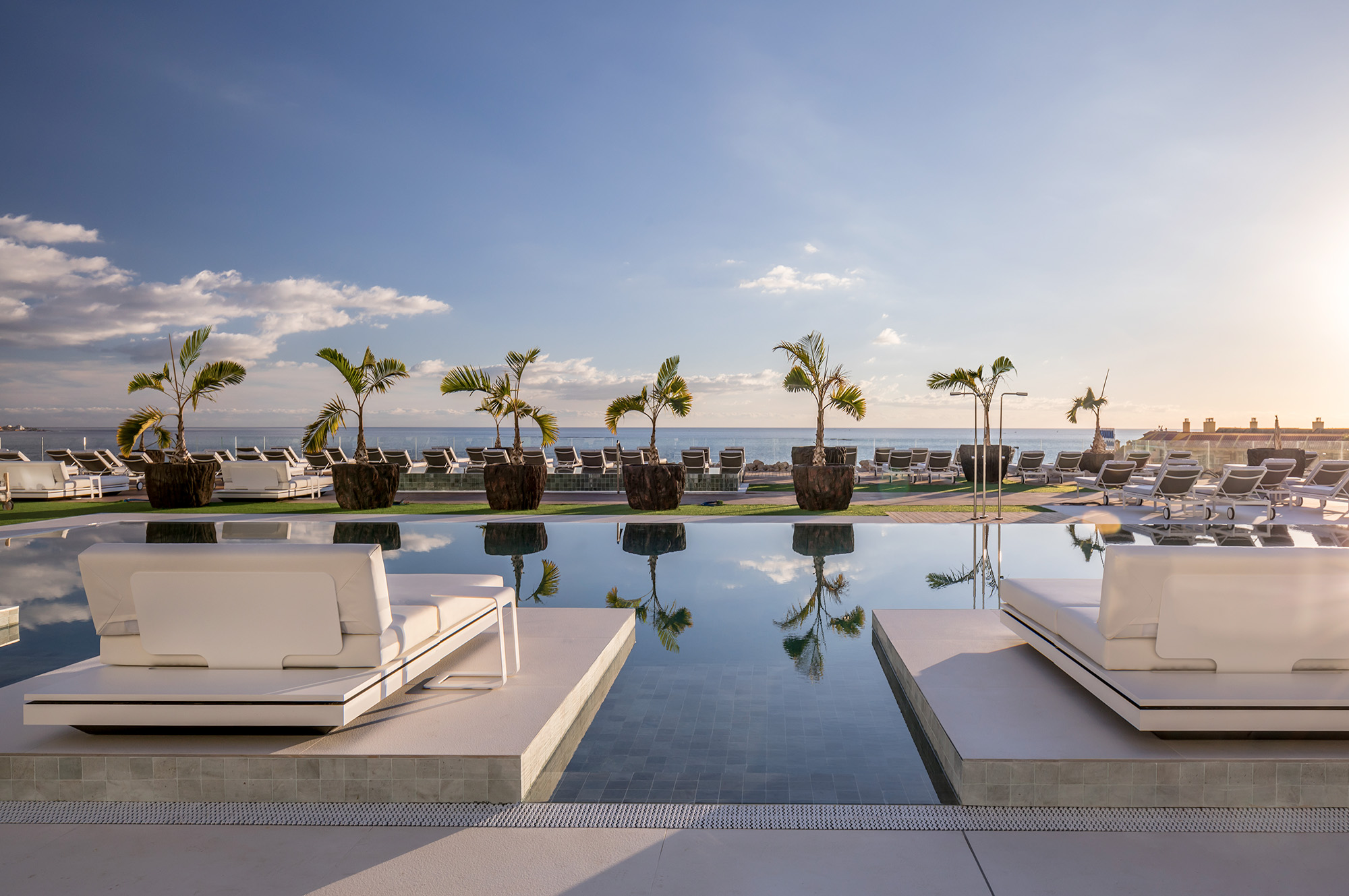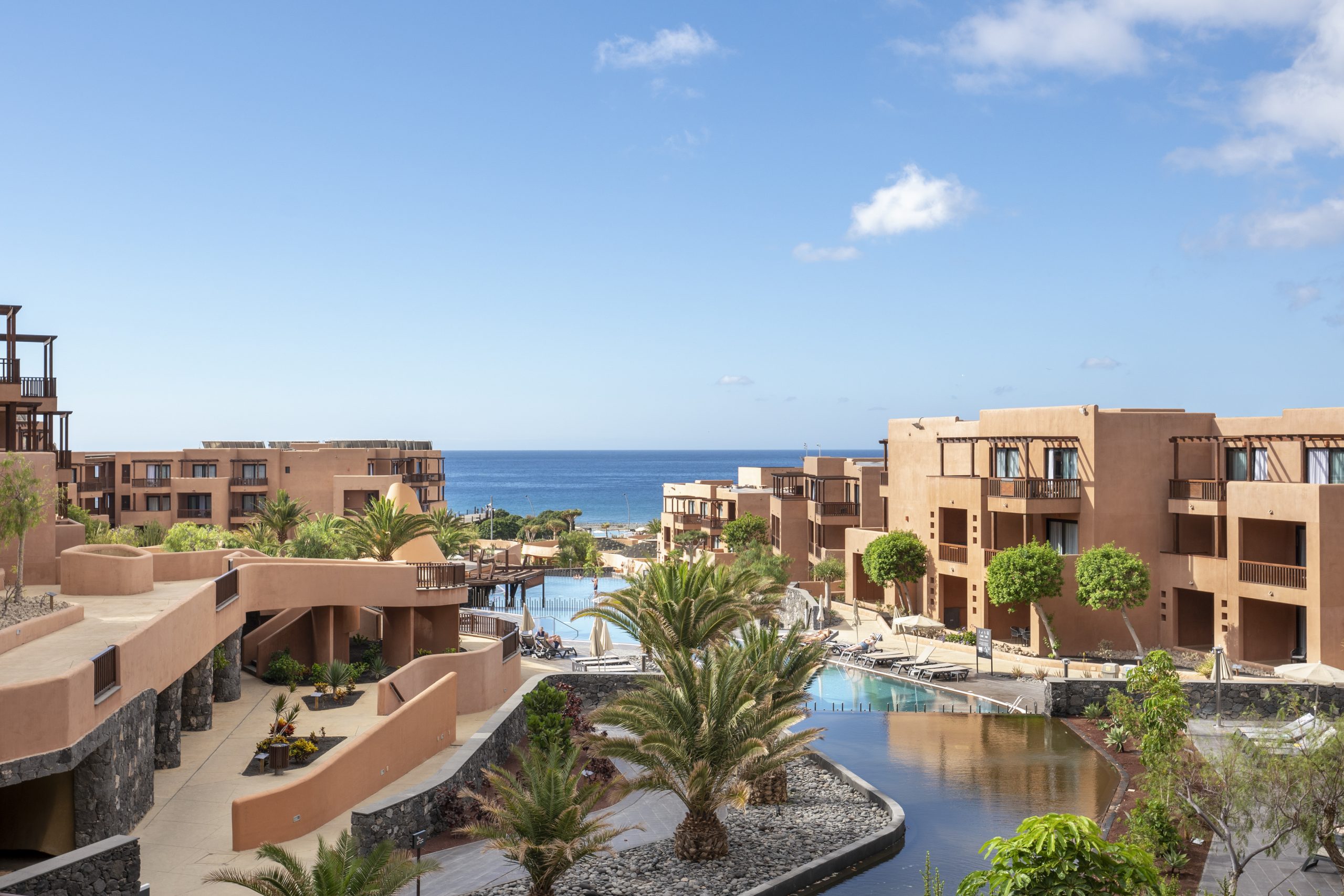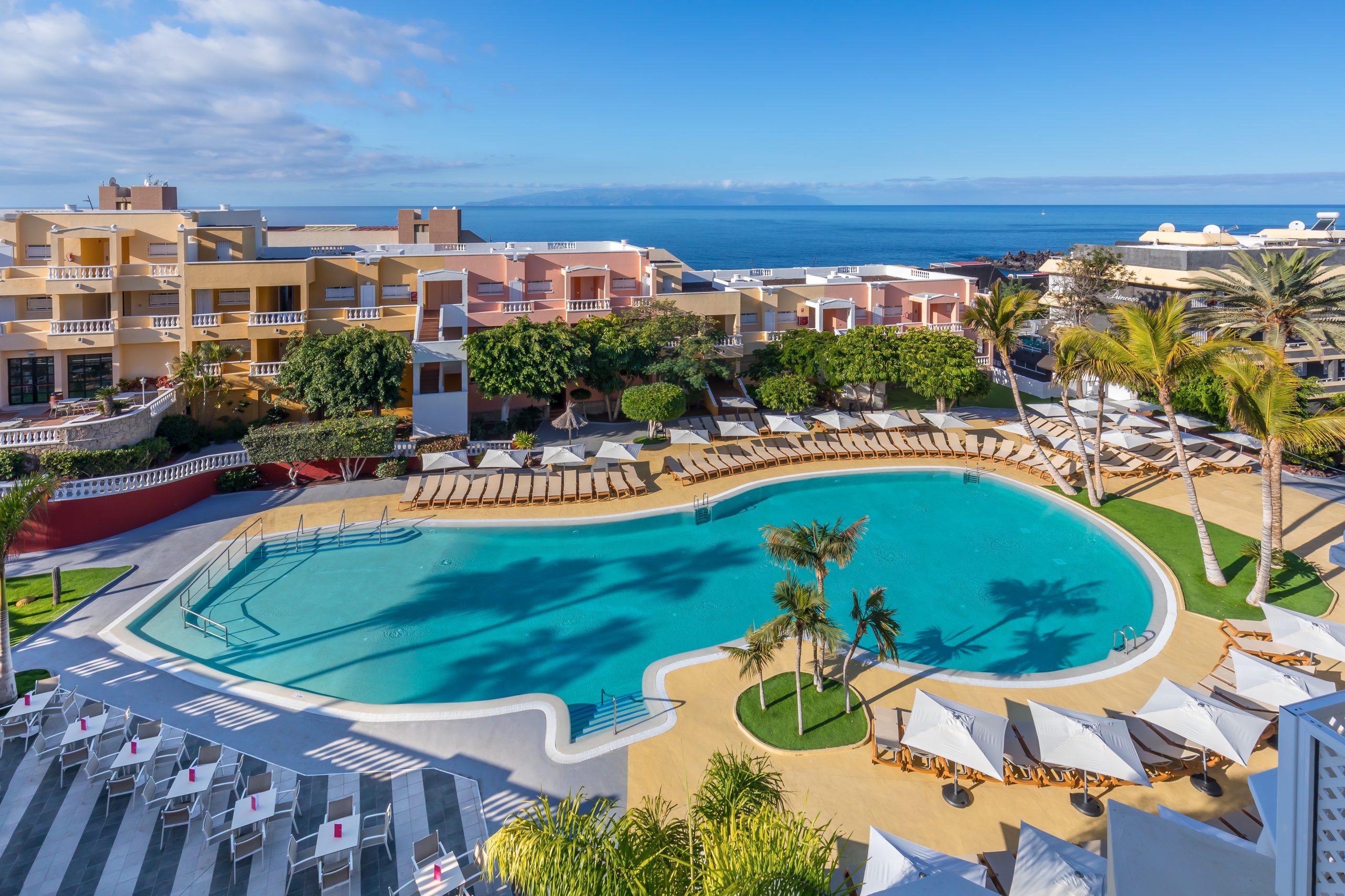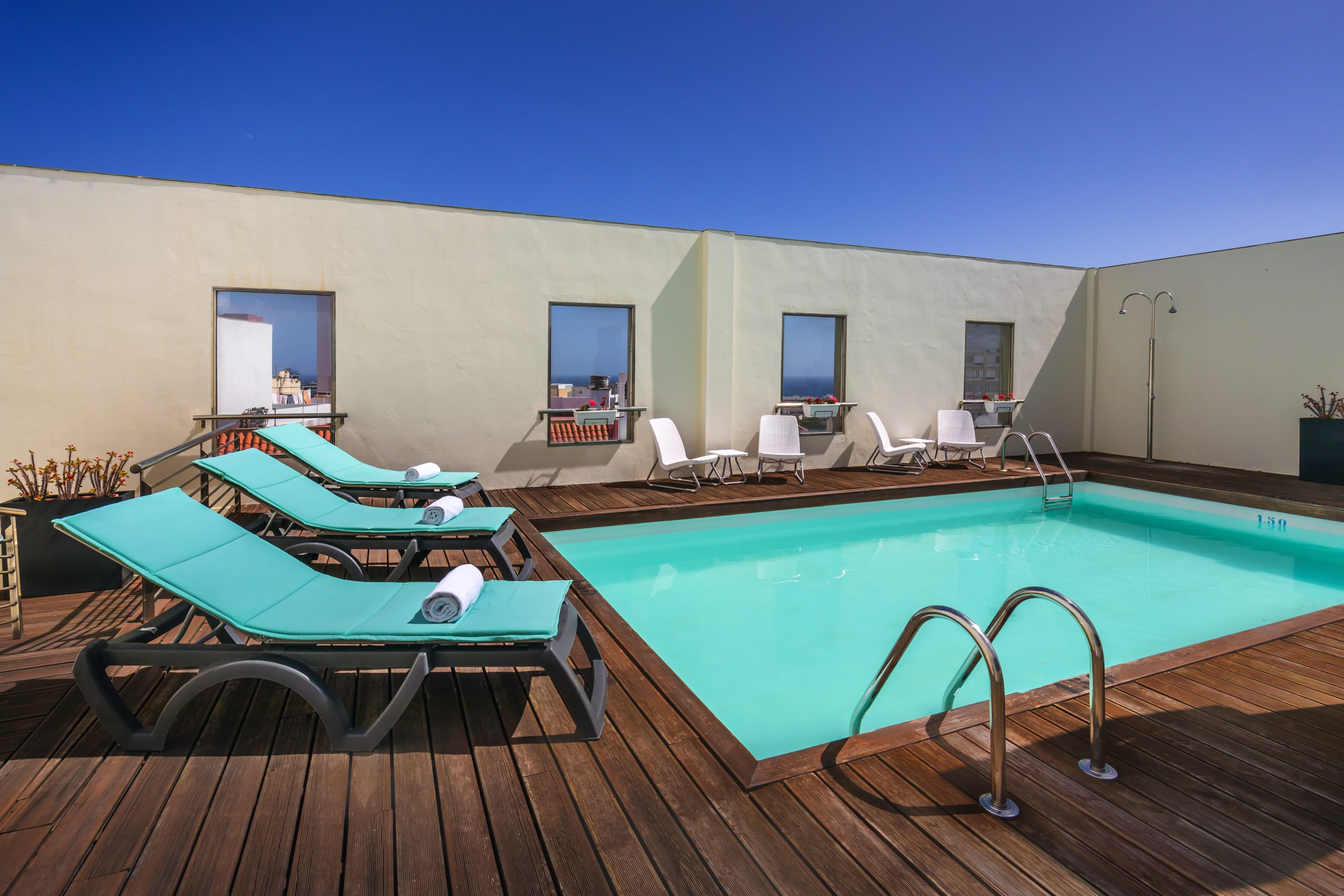Puerto de la Cruz is one of the most tourist-oriented and popular enclaves on the island of Tenerife. Surrounded by large hotel resorts, colourful gardens and banana plantations, it is a beautiful town bathed by the Atlantic, from which, in the sixteenth century, goods from the neighbouring and fertile valley of La Orotava were shipped for export. Its commercial activity gave the town a cosmopolitan air and created an enlightened bourgeoisie that included great engineers, historians and professionals of all kinds.
It was not until the 1950s that Puerto de la Cruz opened up to international tourist activity, and it hasn’t stopped growing since then, turning tourism into the basis of its economy. Before this, however, specifically in 1927, Agatha Christie came to Puerto de la Cruz to recover from a severe depression and to enjoy the weather and the marine baths, which helped her enormously.
What to see and visit in Puerto de la Cruz
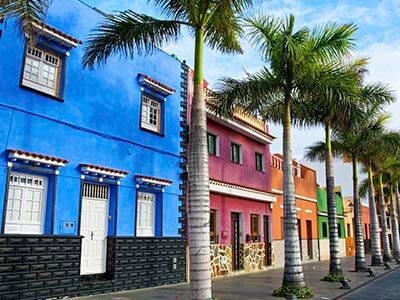
There are many attractions for the visitor to Puerto de la Cruz, from the spectacular Lago Martiánez tourist complex to its famous volcanic sand beach Playa Jardín; the San Felipe castle, a seventeenth-century fortress transformed into a cultural hall; the house of Tomás Iriarte, author of the famous Literary Fables; the Customs House and the Franchy house, built in 1620.
If you’re wondering what to see in Puerto de la Cruz, below, we list some unmissable spots that should be on every visitor’s must-see list.
The Lago Martiánez Tourist Complex
Designed by the Canarian architect César Manrique, the Costa Martiánez municipal tourist complex, also known as Lago Martiánez, is an authentic artificial paradise with a surface area of 100,000 square metres. It is a must-visit leisure complex in Puerto de la Cruz. Its construction began in 1970, in response to the need Puerto de la Cruz had for recreational access to bathing areas, as nature had not provided it with natural beaches. Thus, seven artificial saltwater pools and a large central lake were created, as well as gardens, terraces, five islands, viewpoints, cultural spaces and a set of bars and restaurants. In addition, it has been decorated to give the area an exotic feel. For example, a set of sculptures called Raíces al viento [Roots in the wind] shows a group of trees with roots in the air, and Homenaje a Wilhelm Reich [Tribute to Wilhelm Reich] is a piece made using a single, robust and flattened tree. The complex also has an ‘almost underwater’ night club called Andrómeda.
The Lago Martiánez tourist complex was built in several phases. The first began in 1957, with the construction of the San Telmo pools, three swimming pools and a restaurant-terrace in a space of 5,000 square metres. The second phase, which was carried out at the end of the 1960s, included three other—this time circular—pools known as Los Alisios. This construction took up a total of 8,000 square metres. Its design by César Manrique can be clearly seen in the white surfaces that contrast with the basaltic rock.
In 1970, César Manrique suggested creating a large artificial lake. This would end up being a work of engineering genius as its foundations were laid below sea level. Within the lake there are five islands, the largest of which houses a restaurant, an event room and gardens. The Canarian artist and architect also insisted on including a series of sculptures into the project. In 1995, the complex was declared an Asset of Cultural Interest in the ‘Historic Garden’ category.
The beaches of Puerto de la Cruz
A good part of this area’s coastline is dotted with cliffs and interwoven with beaches of volcanic origin. Some of these bays, such as Jardín, San Telmo, El Muelle and Martiánez beaches, cannot be missed on a trip to Puerto de la Cruz.
Playa Jardín beach, the most popular with tourists: If you want to visit the most popular beach in Puerto de la Cruz, head to Playa Jardín. It is surrounded by a large, landscaped promenade and has black sand. Here you can also find restaurants, beach bars and even a children’s playground.
It has been awarded a ‘blue flag’ because of the excellent quality of its waters and the many services it provides: showers, life guards, toilets, restaurants, a tourist information point, sunbeds, beach bars, access for people with limited mobility, etc. The beach is 700 metres long and is very close to the Loro Parque theme park, so it is usually quite busy.
Playa El Muelle beach: This is a small, barely 30-metre-long beach that lies next to the Puerto de la Cruz docks, hence its name (muelle means wharf in Spanish). It is surrounded by hotels and restaurants, but does not have a seaside promenade. It does have, however, life-guard services and showers.
Playa de San Telmo beach: San Telmo is also quite a small beach, barely 40 metres long, wedged between the port breakwaters. There are all kinds of hotels, restaurants and beach bars close by. It also boasts a ‘blue flag’.
Playa Martiánez beach: This urban beach is approximately 120 metres long and is located in the heart of the city. Its singularity lies in the fact that it has a surfing area.
Restaurants in Puerto de la Cruz
What to do in Puerto de la Cruz? Why not discover the local cuisine and enjoy Puerto de la Cruz’s wide range of restaurants? The Lago Martiánez tourist complex offers a wide variety of options, such as the Lago restaurant (combo meals), the San Telmo buffet (paellas and grilled food) and Alisios Burger (XL hamburgers and hot-dogs), but if you would like to savour typical Canarian cuisine, head to the heart of Puerto de la Cruz and choose from a wide range of restaurants there.
For example, the restaurant La Casona, located at number 13 of the beautiful and central Plaza del Charco is highly recommended. It is housed in an old, stately house whose interior courtyard has a landscaped garden. The cuisine it serves is simple and made with fresh, local ingredients. It is very good value for money and their fish dishes are amazing.
Casa Lala, run by Antonio Aguilar and located on Camino El Durazo, can be found in a traditional house that is over 70 years old. It offers traditional and market cuisine with creative touches. We recommend booking in advance because it can only fit 50 people and is often full.
























































